105 Hilarious ‘Evil Memes’ That May Make You Laugh
Memes, memes, MEMES! We all can’t get enough memes. They’ve become such an intrinsic part of our lives that we can hardly imagine social media without them. The internet just wouldn’t be the same with them—imagine how dreary your coffee breaks would be… Luckily, there are a ton of awesome meme pages out there, making people’s lives a bit brighter with every pixel.
Today, we’re featuring the ‘Evil Kermit’ Facebook page, a project that’s all about posting funny, relatable, silly memes “through the pain” while “keeping it 100.” Scroll down to check out their best pics.
Bored Panda was interested to learn more about why certain content goes viral (while other doesn't) and how important relatability is to a meme's longevity, so we reached out to Glenn Geher, Ph.D., a professor of psychology at the State University of New York at New Paltz and a published author. He was kind enough to answer a few of our questions. Read on for his insights.
#1

Image credits: Evil Kermit
Bored Panda wanted to know why certain jokes and pics go viral and attain true meme status while others pretty much remain relatively unknown. Professor Geher shared his thoughts on this. Chance, he said, plays an important role here, alongside digestibility and surprise.
"I would say that there is certainly an element of randomness in this process. Sometimes an idea seems great and, for any number of reasons, it doesn’t go anywhere. And sometimes something that seems just silly—like Grumpy Cat—takes off like wildfire!" he said.
"The memes that really take off tend to, I think, have two basic features. First, they are usually relatively quickly digestible, which is critical for any information in this day and age. Second, they provoke a relatively strong emotional response. Typically, this response is happiness and/or surprise—often literally leading to laughing out loud," the professor explained.
#2

Image credits: Evil Kermit
#3
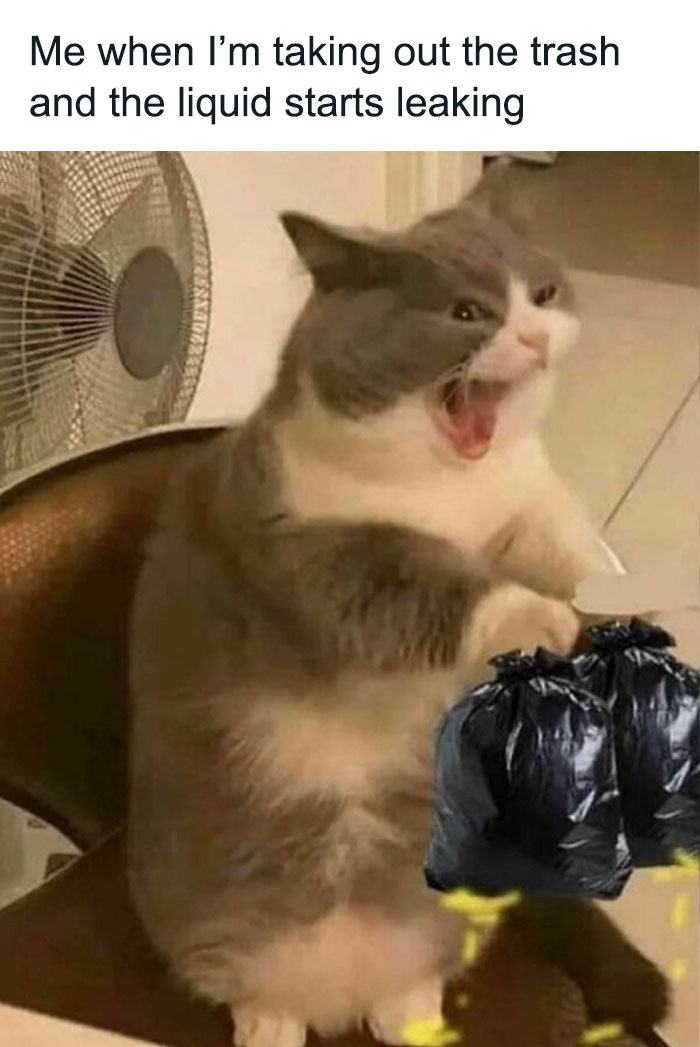
Image credits: Evil Kermit
Meanwhile, we were also curious about what can give memes longevity, and whether a meme's relatability has something to do with this. According to Professor Geher, relatability plays a critical role.
"Relatability of a meme is also critical. Memes that lead people to say, 'Oh, I totally get that—that is ME!' tend to take off. I recently saw one that showed a stovetop and simply said, 'You know you’re a real adult when you genuinely have a favorite burner.' At 53, I have to say that I saw this and was like, 'Heck yes!!!' So yes, relatability is key for sure in terms of cultivating the success and longevity of a meme." We fully agree with the professor on this (and many of us probably have a favorite stovetop burner by now, too).
Professor Geher noted that the term 'meme' itself actually comes from the work of evolutionary biologist Richard Dawkins. In the 1980s, Dawkins "defined a meme as a unit of cultural evolution that has the capacity to replicate and spread." Geher pointed out that the replication happens parallel to how a gene works. This "sheds light on the actual term itself—meme kind of sounds like gene!"
If you're interested in reading more of Geher's insights, feel free to take a look at the topics he covers on his Substack and Psychology Today blog.
#4

Image credits: Evil Kermit
#5
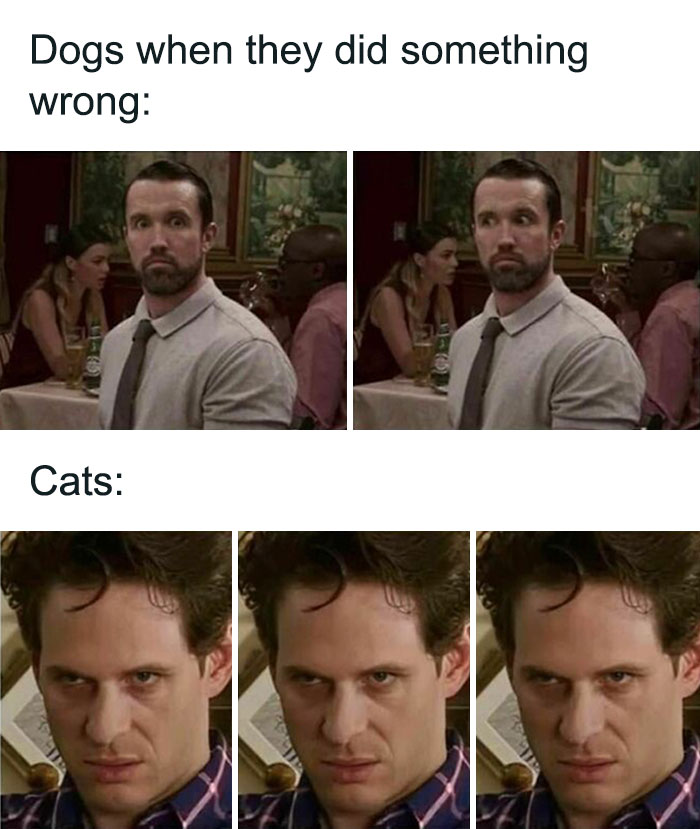
Image credits: Evil Kermit
#6

Image credits: Evil Kermit
The ‘Evil Kermit,’ aka @Justevilmemes, social media project has enjoyed a lot of success online. Over 1 million people follow it for the constant stream of funny and relatable pics on Facebook.
Meanwhile, the project started up an Instagram page in mind-January, and it’s slowly but surely getting people’s attention with cool memes as well.
The fact that so many people around the globe enjoy memes is a double-edged sword. On the one hand, it means that you have a surefire way of entertaining the entire world with good humor, quips, and short-but-relatable anecdotes. It’s clear what people like if you spend even a bit of time just scrolling through your Facebook, Instagram, and Twitter feed.
However, here’s the catch. Because memes are so universal, standing out from the crowd becomes quite a challenge. If everyone’s posting the exact same memes as everyone else… how exactly do you draw the audience in?
#7

Image credits: Evil Kermit
#8

Image credits: Evil Kermit
#9

Image credits: Evil Kermit
Recently, Bored Panda spoke to a couple of social media-savvy experts to get their take on distinguishing your content on the internet and creating memes that will stay relevant for a long time.
Comedy writer Ariane Sherine explained that “a unique and funny take on a topical issue is always a winning formula.” In other words, you need to elevate what’s relevant.
#10

Image credits: Evil Kermit
#11
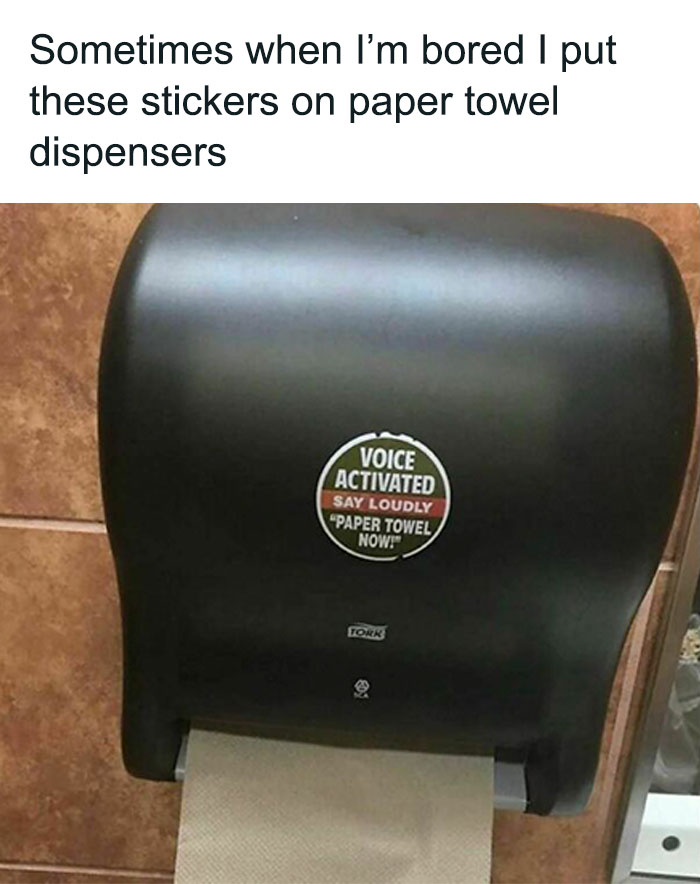
Image credits: Evil Kermit
#12

Image credits: Evil Kermit
"Especially if it’s relatable and universal, so people worldwide will get the joke instead of just people in a specific town, for instance," the comedy expert said. However, though many of us crave internet fame and it does have its pros, we shouldn’t be aware of the cons.
#13
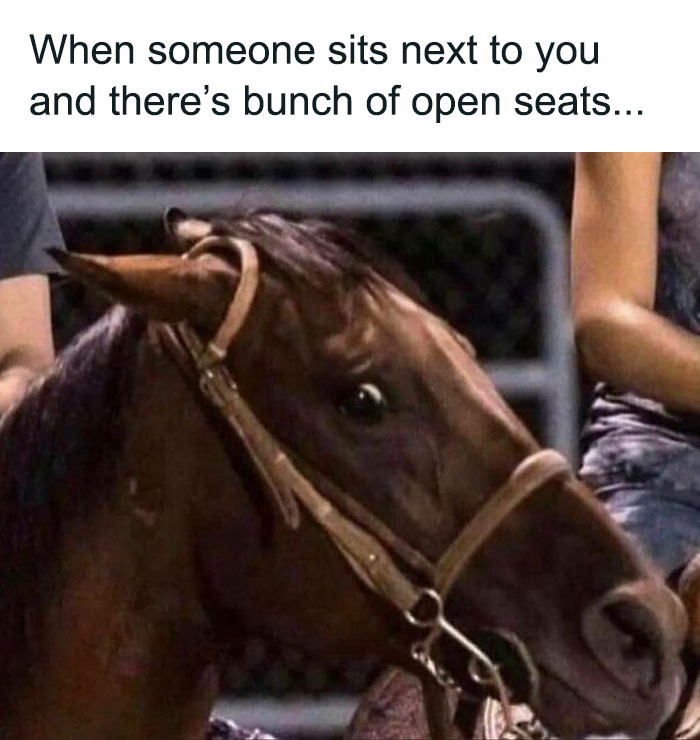
Image credits: Evil Kermit
#14

Image credits: Evil Kermit
#15

Image credits: Evil Kermit
"The pros [of internet fame] are that people are impressed. It also opens doors when it comes to getting jobs as companies always want people with a following as they can promote their products and services. And it’s often nice to get lots of engagement," the comedy writer told Bored Panda during an earlier interview.
"But the main con is that if you tweet something controversial and/or stupid, it’s easier to get canceled and receive hate mail than if you have virtually no followers. And even if you don’t do that, the level of engagement means your phone can constantly be blowing up with notifications, which can be very distracting!" she explained that there are certain drawbacks to being in the spotlight, too.
#16
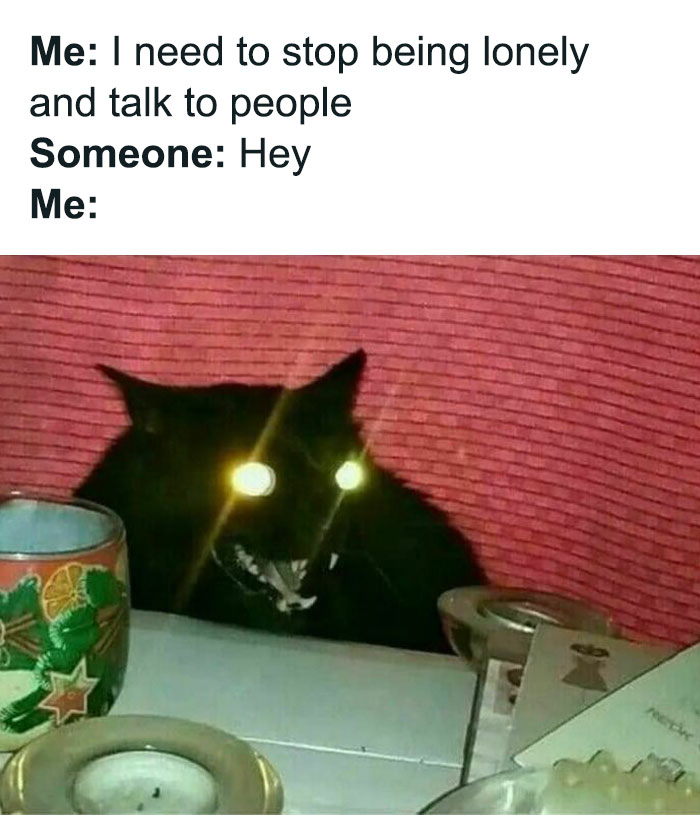
Image credits: Evil Kermit
#17
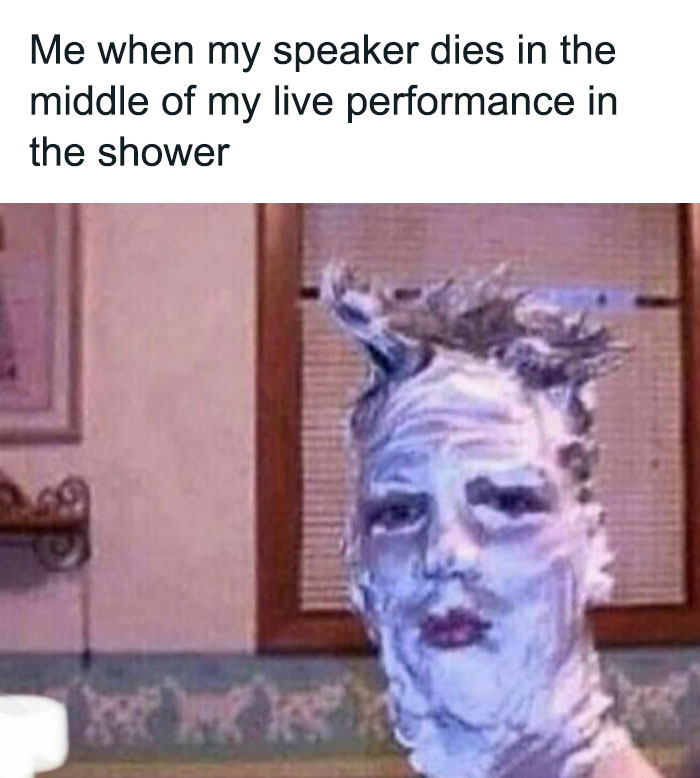
Image credits: Evil Kermit
#18

Image credits: Evil Kermit
Meanwhile, content creator, comedian, and broadcaster Trev Lewis noted that memes that seem to have ‘no context’ could be said to be the “purest distillation of what a meme actually is." He shared more of his thoughts with Bored Panda on how context, humor, relatability, and memes interact with each other.
"The standard definition of a meme is, 'an idea, behavior, or style that spreads by means of imitation from person to person within a culture and often carries symbolic meaning representing a particular phenomenon or theme.' So, if a meme is nothing more than an image, and it's entirely up to the audience to interpret the symbolic meaning rather than offering any sort of caption or explanation, this is the very nature that memes are founded on," content creator Trev said.
#19
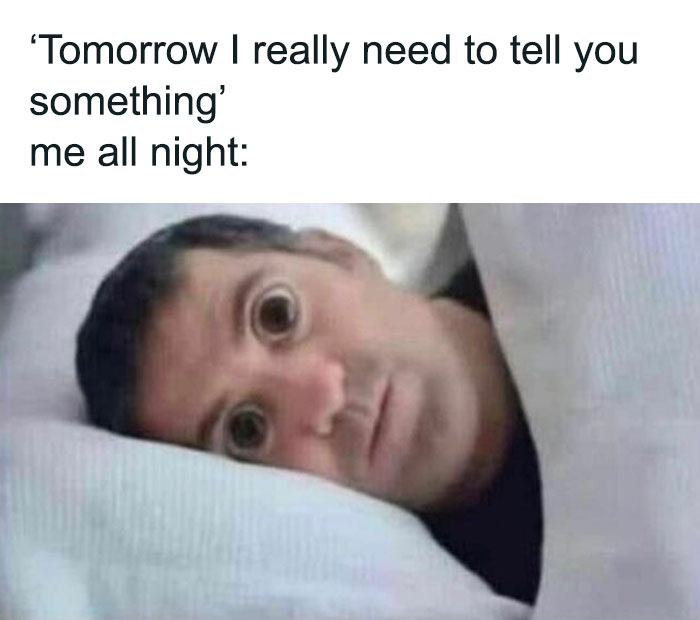
Image credits: Evil Kermit
#20

Image credits: Evil Kermit
#21

Image credits: Evil Kermit
"It makes sense, then, that they are widely popular. If we think back to the earliest popular memes, stuff like the 'I Can Has Cheezburger?' cat, they were basically inside jokes for the terminally online. As the internet became more mainstream, so did memes, but it wasn't that long ago most people weren't familiar with the word and were often pronouncing it 'maymay.' There's something about an inside joke that makes people feel more passionate about it. I suppose it's the nature of exclusivity, or perhaps just the bond we feel when other people share in our niche interests,” he told Bored Panda earlier.
#22

Image credits: Evil Kermit
#23

Image credits: Evil Kermit
#24

Image credits: Evil Kermit
"The truth is there is no perfect formula to give a meme longevity. There are a couple of things that can help, though. If a meme relies too heavily on current events, its relevance will likely fade along with those events,” he said that content creators should consider how well a meme might do after some time has passed.
#25
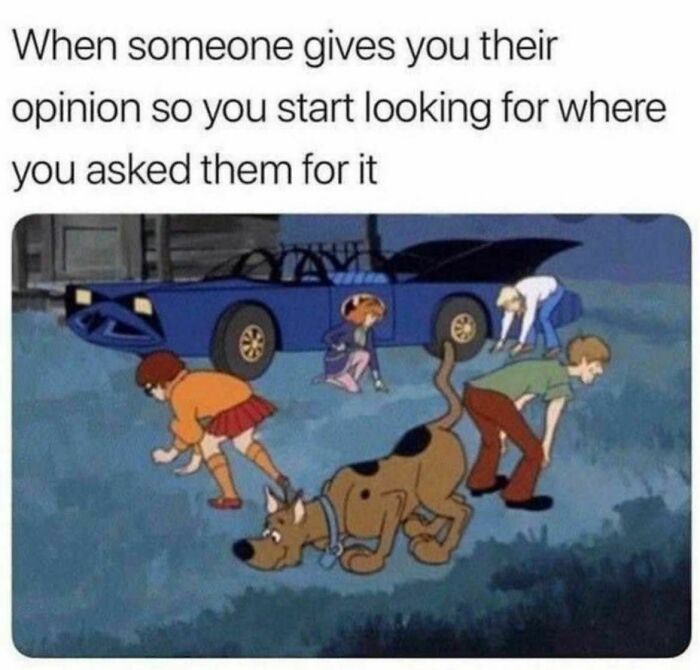
Image credits: Evil Kermit
#26
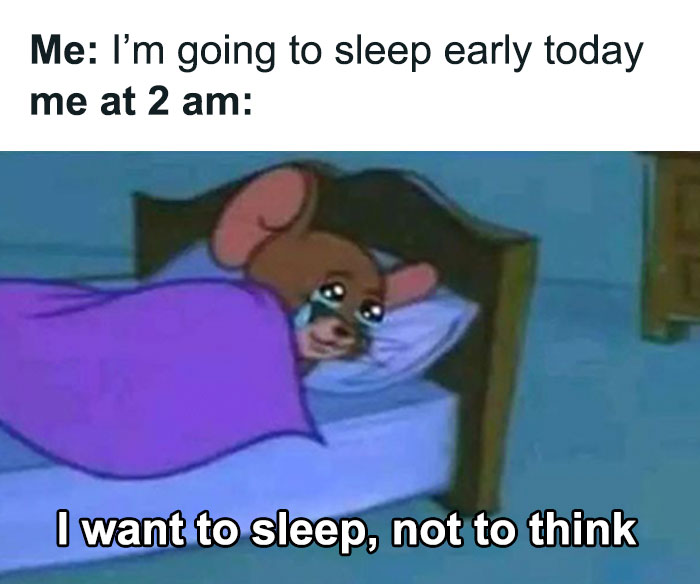
Image credits: Evil Kermit
#27
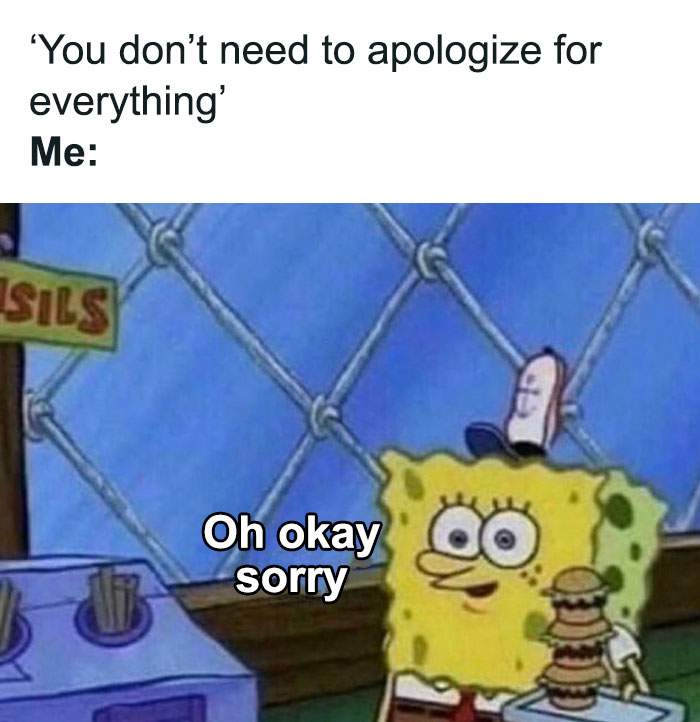
Image credits: Evil Kermit
“A standup comedy routine about food can be enjoyed for generations, but a talk show monologue about this week's news is going to expire quickly. It's the same principle. Someone may be able to resurface a screenshot that contains the original context, but already you're losing people if the joke has to be explained too much," Trev explained to us.
#28

Image credits: Evil Kermit
#29

Image credits: Evil Kermit
#30

Image credits: Evil Kermit
"The other thing that helps is, as this genre [of ‘no context’ memes] showcases, not relying on a written language to convey the humor. Slang is a lot like memes in that it's constantly changing and being discarded. A funny phrase today may be seen as corny tomorrow. There's also the language barrier. If an image is funny without words, that's a more universal meme than one that relies on English, Spanish, and so on. The more people enjoy and understand a meme, the more it gets shared, and the more likely it is to live on."
#31
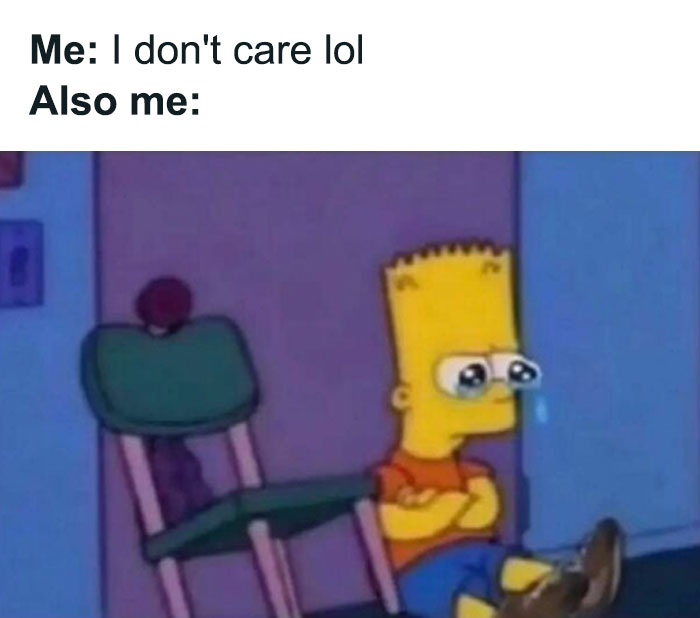
Image credits: Evil Kermit
#32
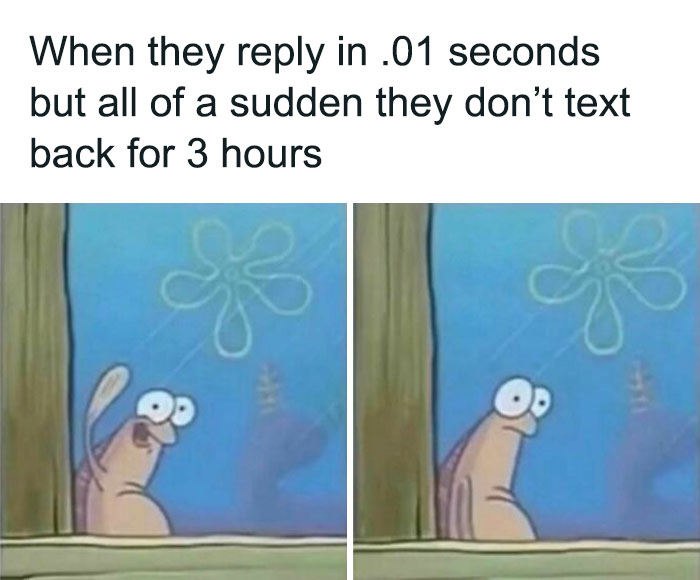
Image credits: Evil Kermit
#33
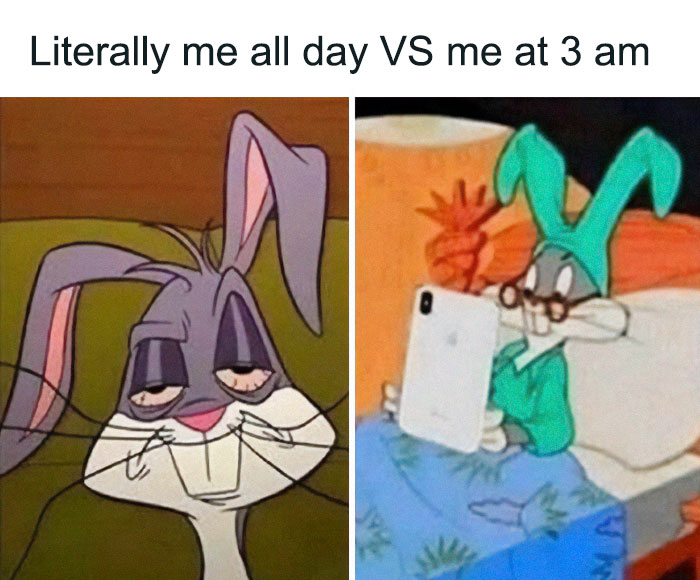
Image credits: Evil Kermit
#34
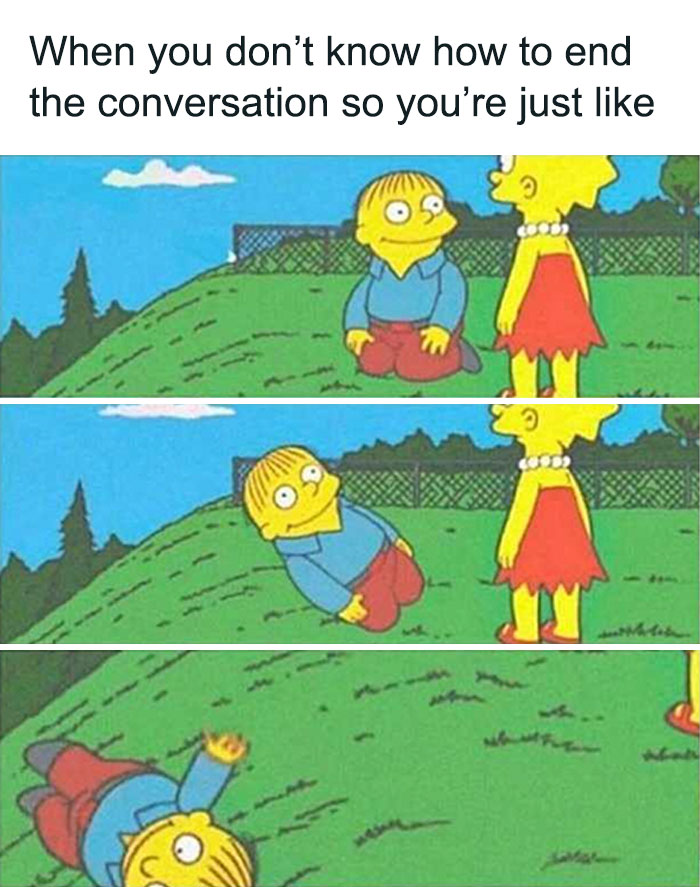
Image credits: Evil Kermit
#35

Image credits: Evil Kermit
#36
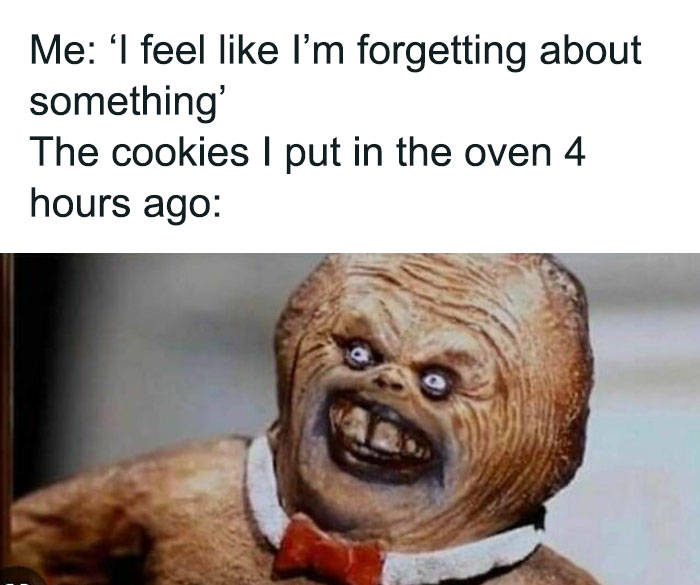
Image credits: Evil Kermit
#37

Image credits: Evil Kermit
#38

Image credits: Evil Kermit
#39
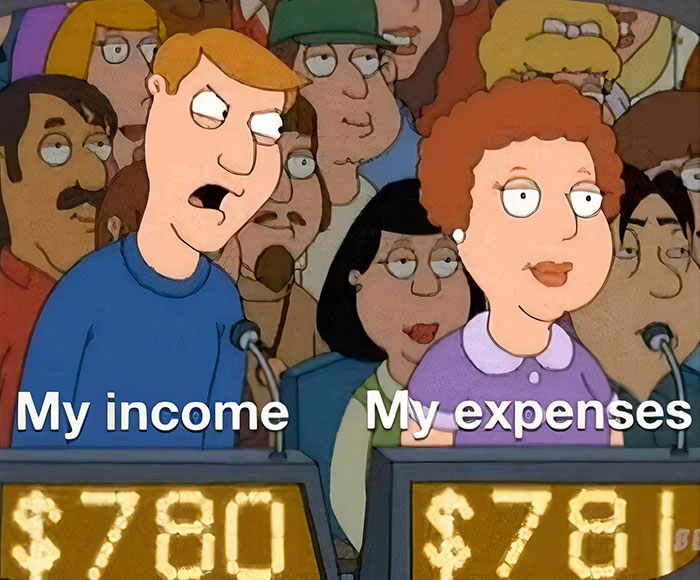
Image credits: Evil Kermit
#40
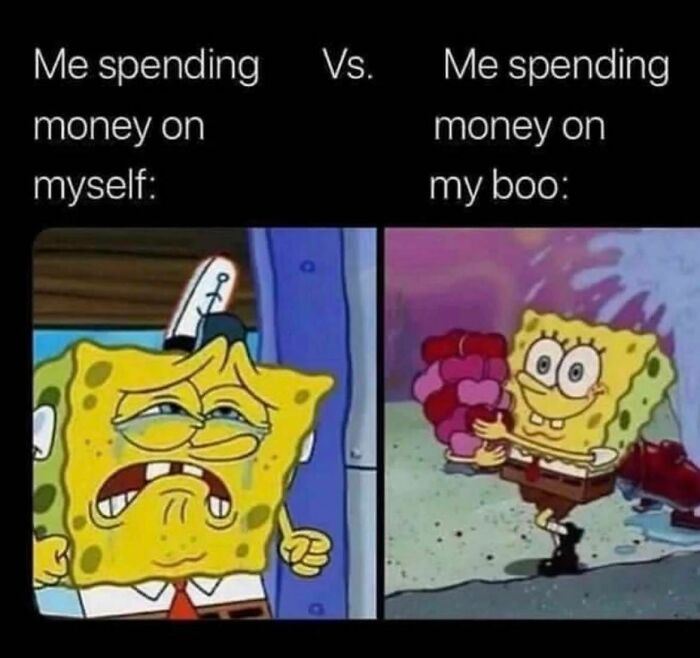
Image credits: Evil Kermit
#41
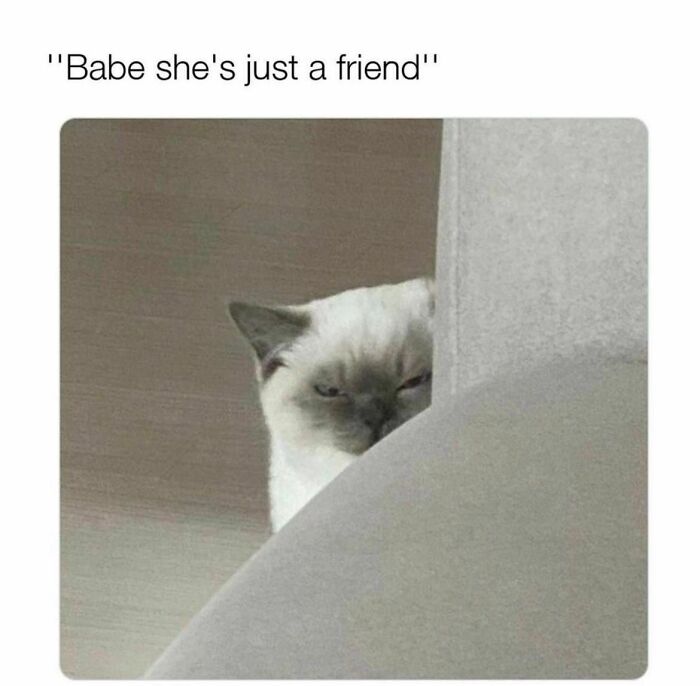
Image credits: Evil Kermit
#42

Image credits: Evil Kermit
#43
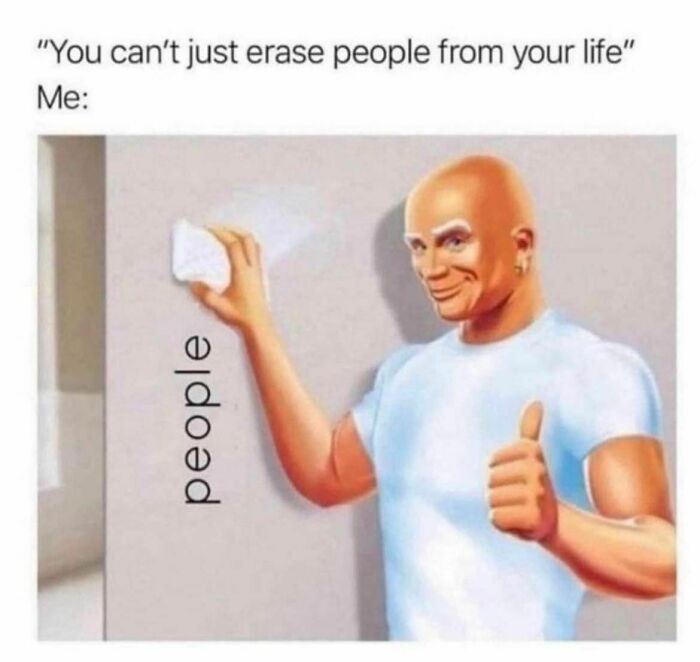
Image credits: Evil Kermit
#44

Image credits: Evil Kermit
#45

Image credits: Evil Kermit
#46

Image credits: Evil Kermit
#47

Image credits: Evil Kermit
#48
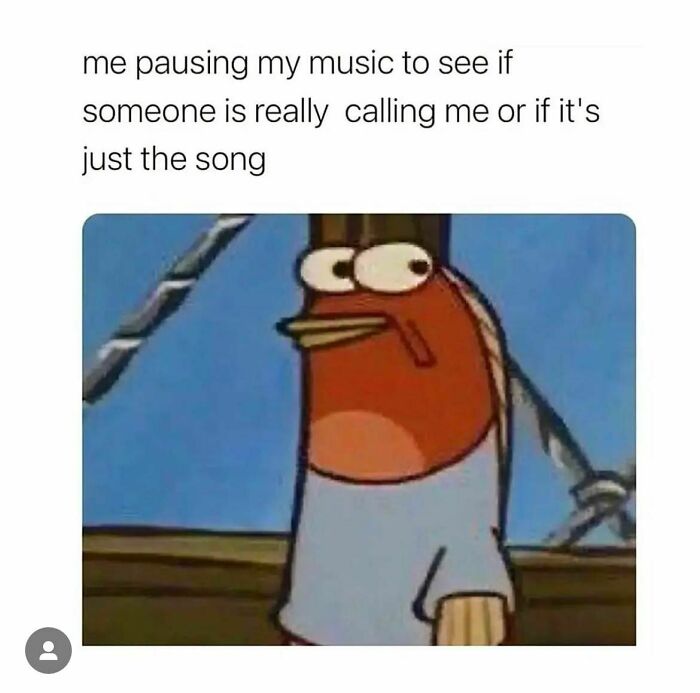
Image credits: Evil Kermit
#49

Image credits: Evil Kermit
#50
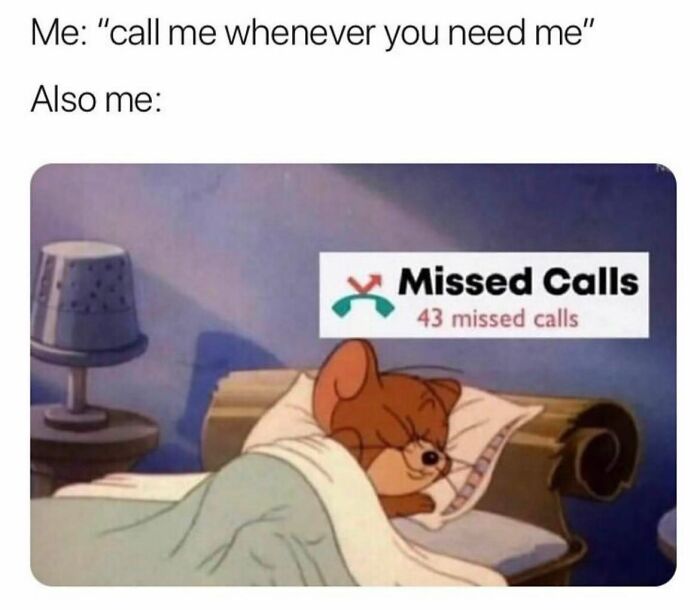
Image credits: Evil Kermit
#51
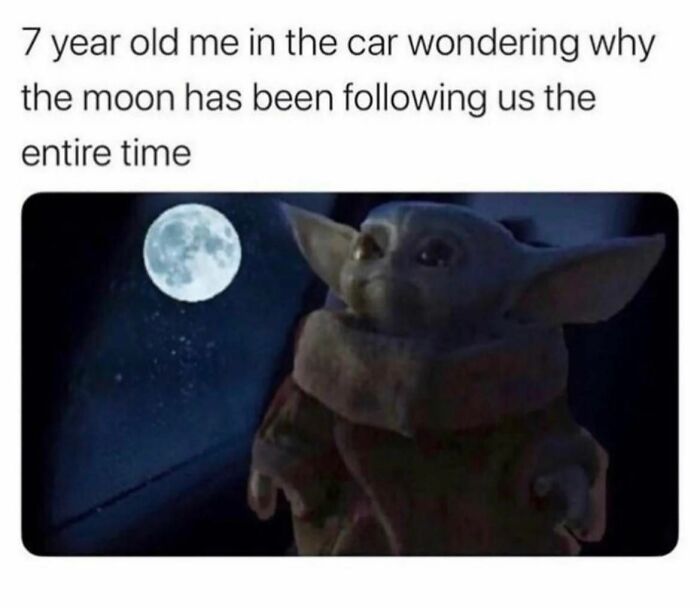
Image credits: Evil Kermit
#52
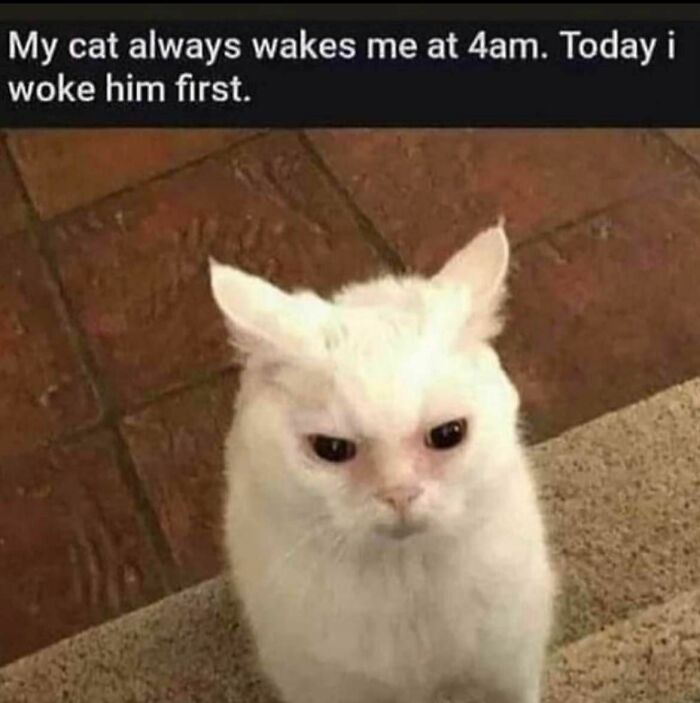
Image credits: Evil Kermit
#53
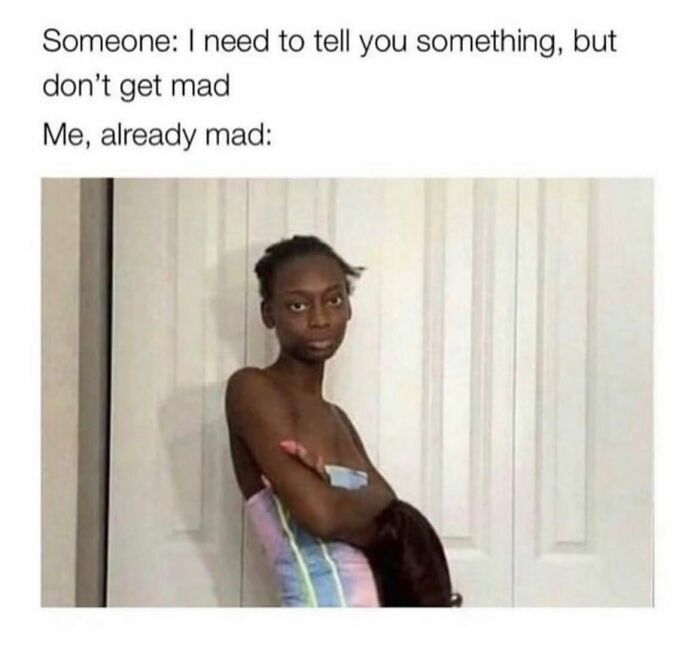
Image credits: Evil Kermit
#54
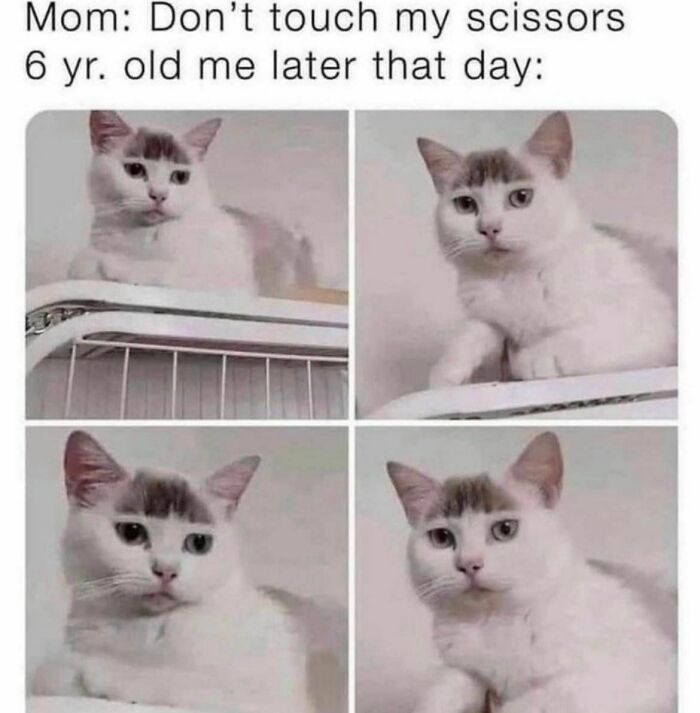
Image credits: Evil Kermit
#55
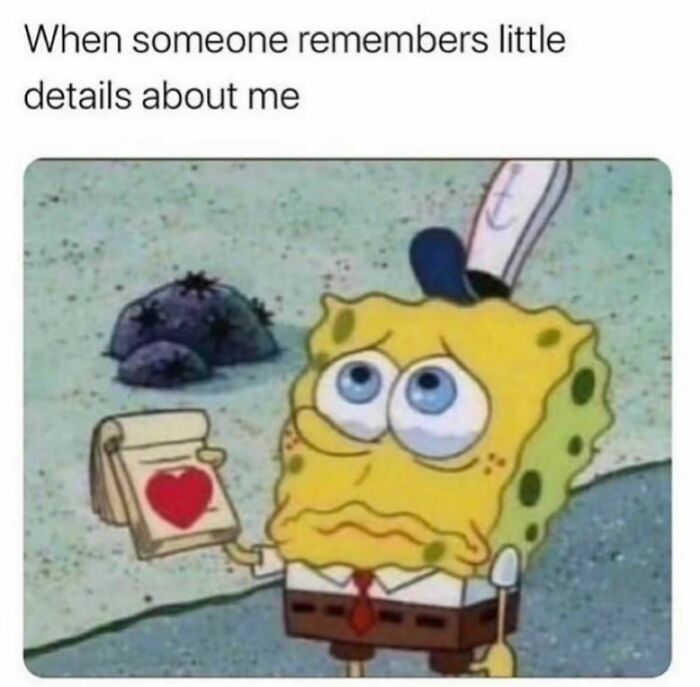
Image credits: Evil Kermit
#56
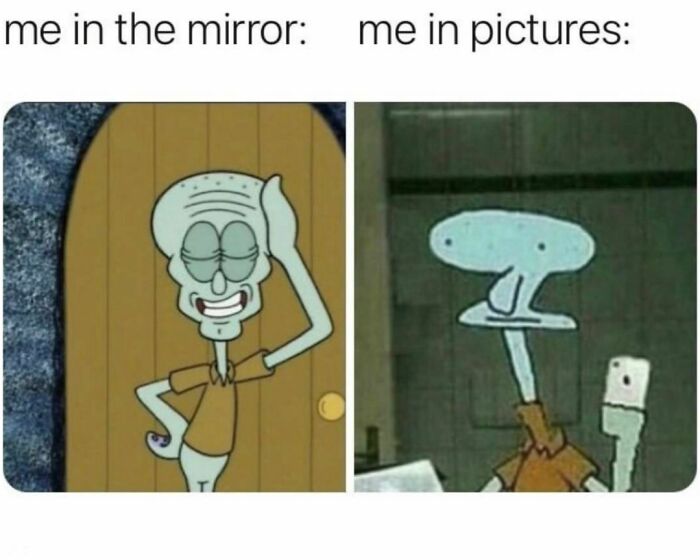
Image credits: Evil Kermit
#57

Image credits: Evil Kermit
#58

Image credits: Evil Kermit
#59

Image credits: Evil Kermit
#60
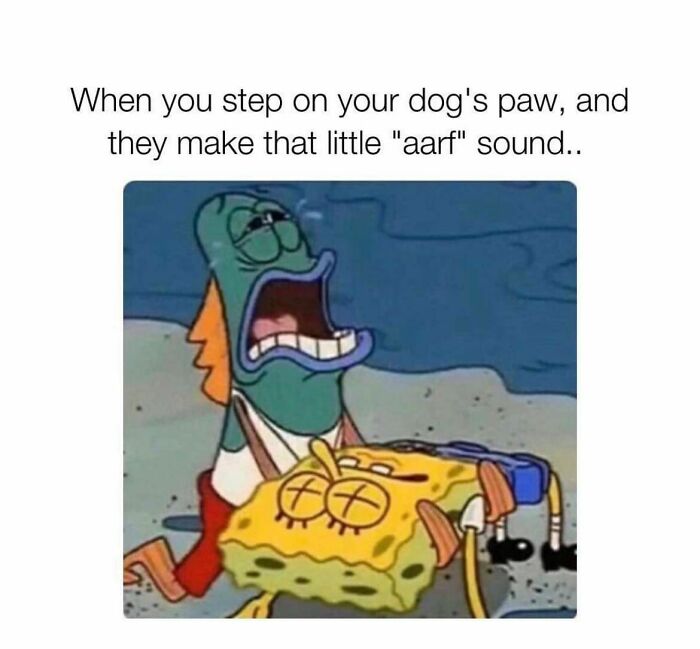
Image credits: Evil Kermit
#61
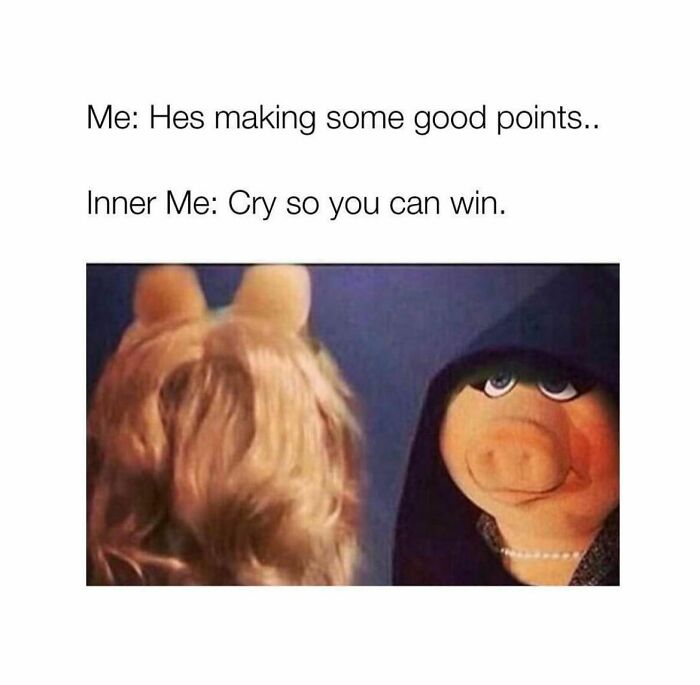
Image credits: Evil Kermit
#62

Image credits: Evil Kermit
#63

Image credits: Evil Kermit
#64

Image credits: Evil Kermit
#65

Image credits: Evil Kermit
#66
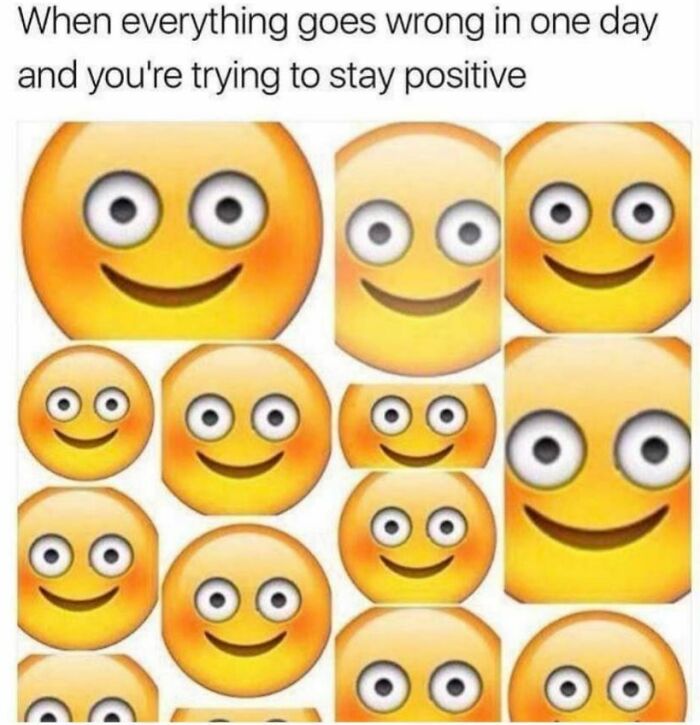
Image credits: Evil Kermit
#67
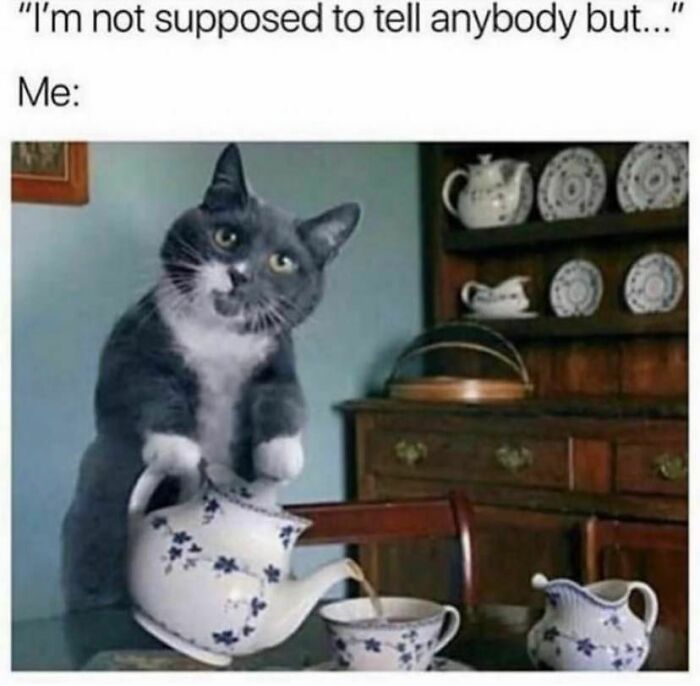
Image credits: Evil Kermit
#68

Image credits: Evil Kermit
#69

Image credits: Evil Kermit
#70

Image credits: Evil Kermit
#71
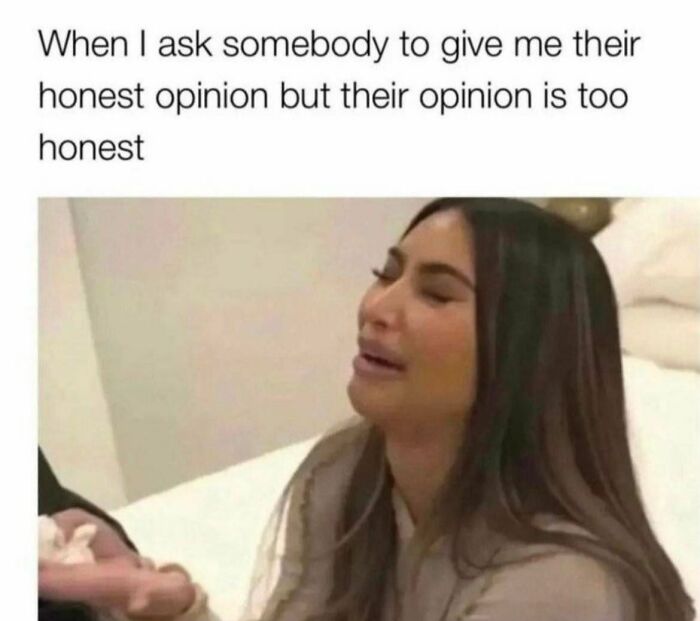
Image credits: Evil Kermit
#72

Image credits: Evil Kermit
#73

Image credits: Evil Kermit
#74

Image credits: Evil Kermit
#75

Image credits: Evil Kermit
#76
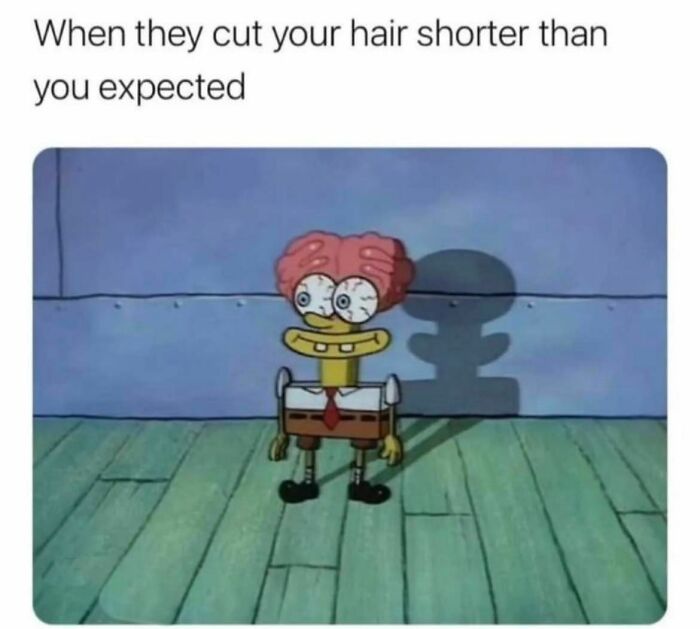
Image credits: Evil Kermit
#77
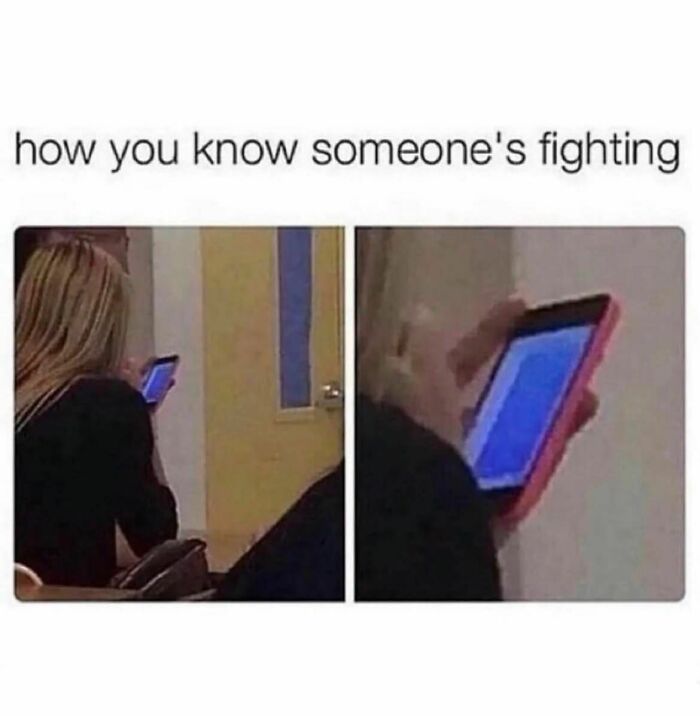
Image credits: Evil Kermit
#78
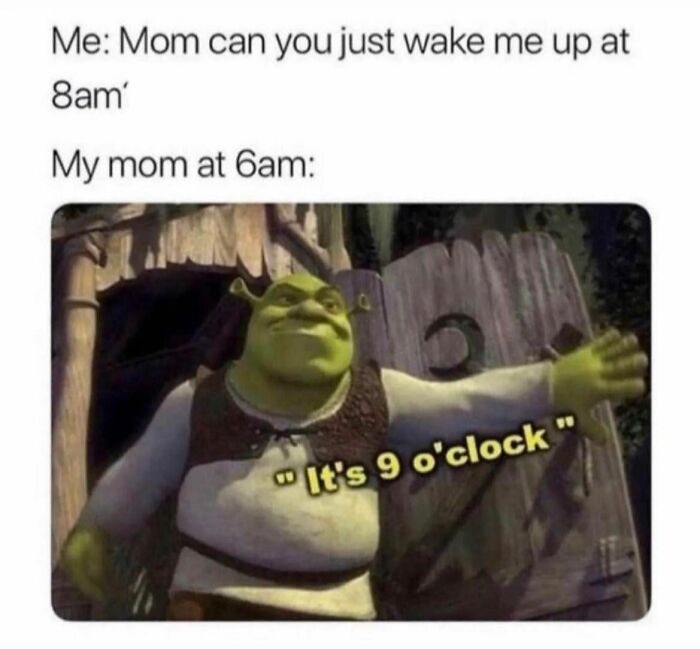
Image credits: Evil Kermit
#79

Image credits: Evil Kermit
#80
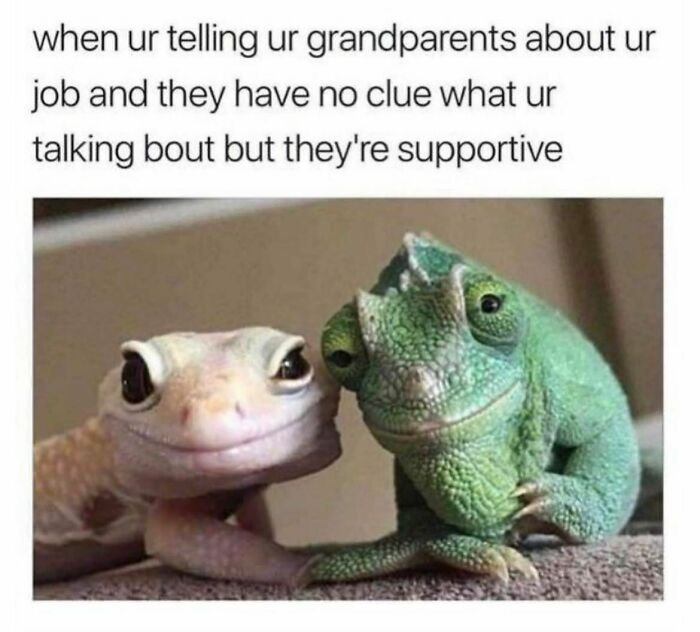
Image credits: Evil Kermit
#81
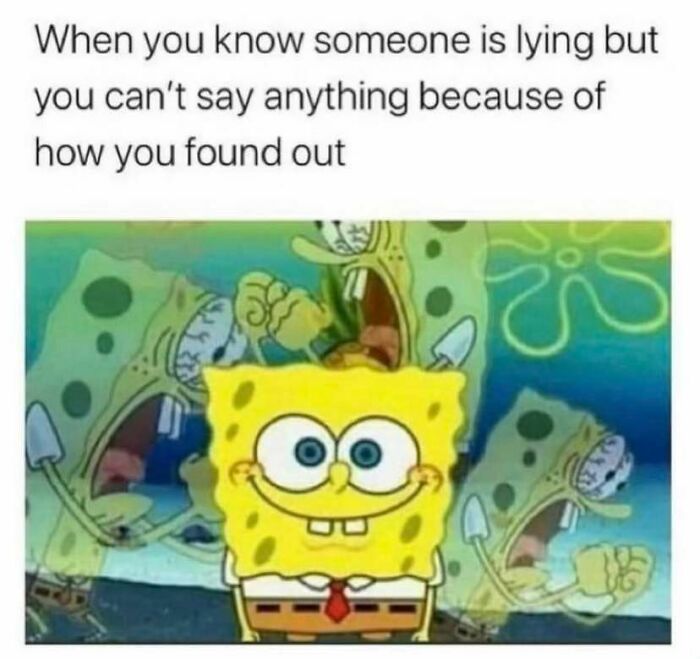
Image credits: Evil Kermit
#82

Image credits: Evil Kermit
#83
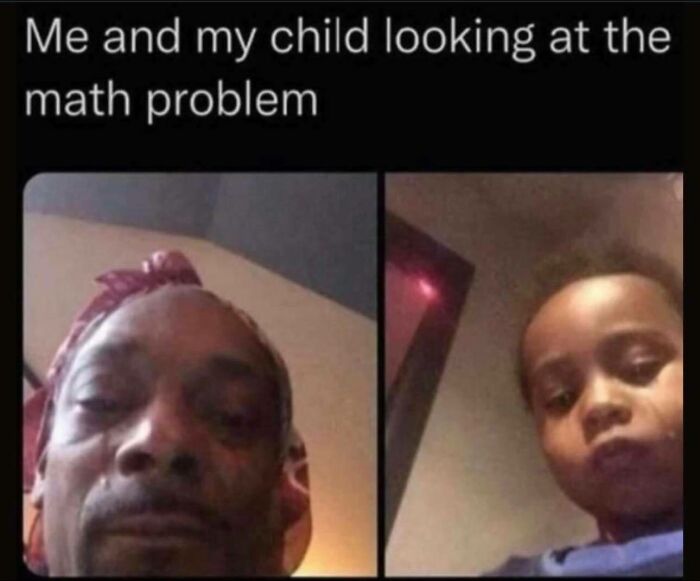
Image credits: Evil Kermit
#84

Image credits: Evil Kermit
#85

Image credits: Evil Kermit
#86

Image credits: Evil Kermit
#87

Image credits: Evil Kermit
#88

Image credits: Evil Kermit
#89

Image credits: Evil Kermit
#90

Image credits: Evil Kermit
#91
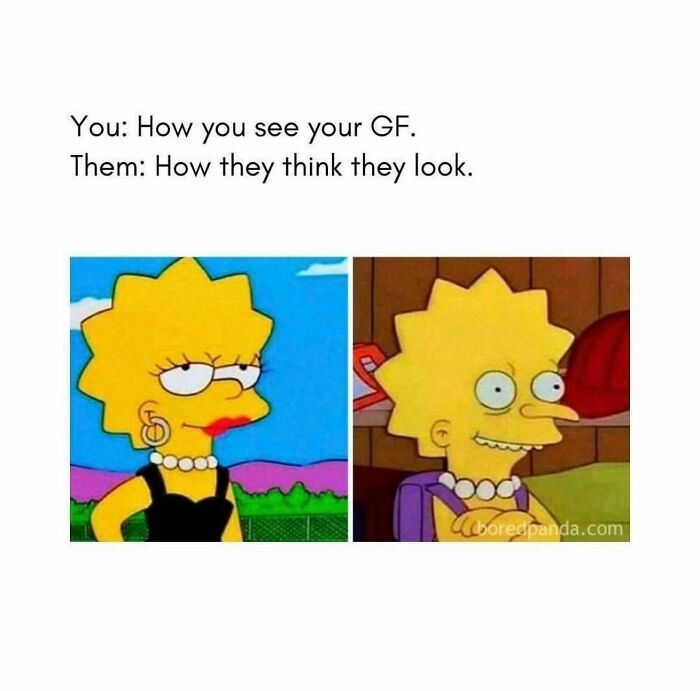
Image credits: Evil Kermit
#92
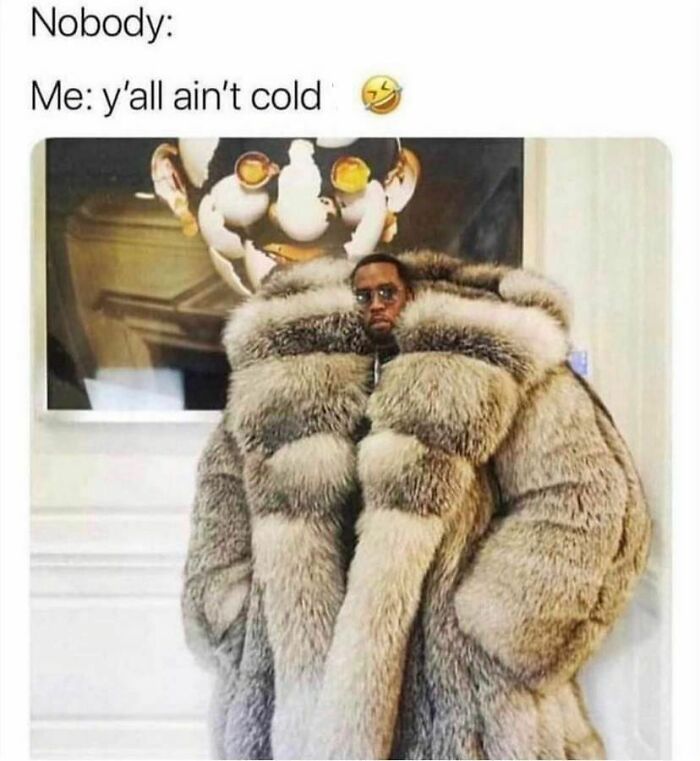
Image credits: Evil Kermit
#93

Image credits: Evil Kermit
#94

Image credits: Evil Kermit
#95

Image credits: Evil Kermit
#96

Image credits: Evil Kermit
#97
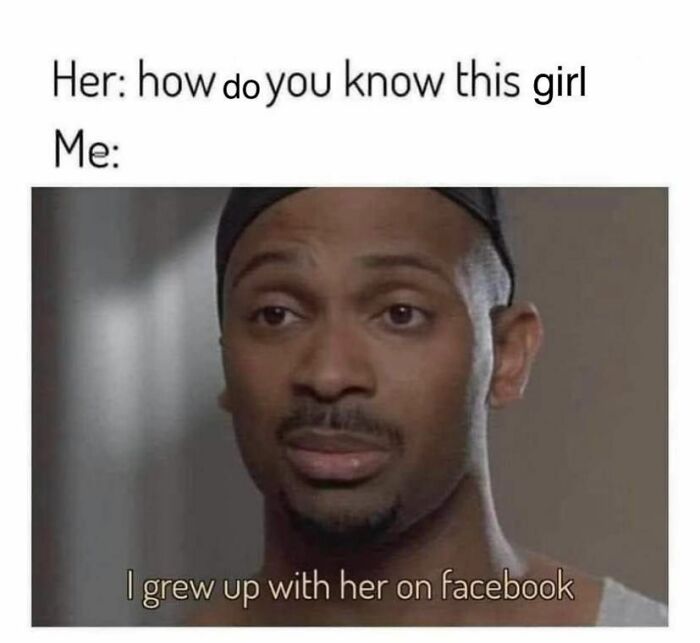
Image credits: Evil Kermit
#98
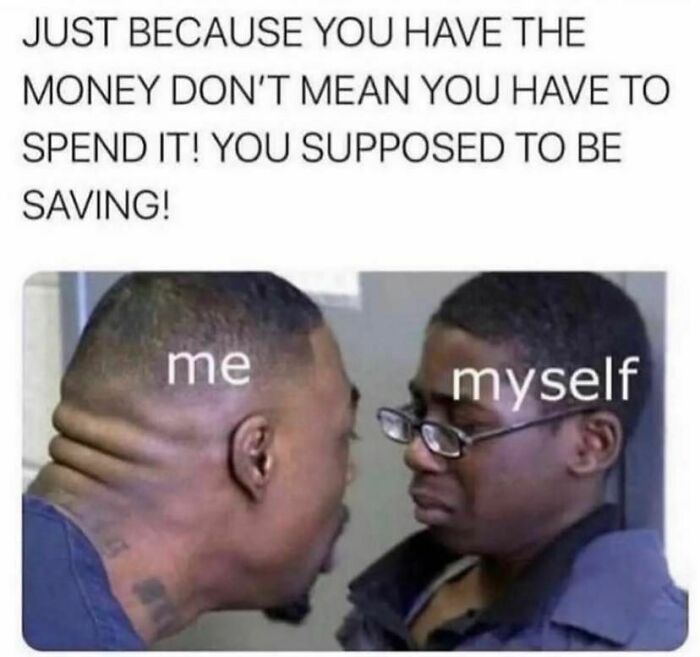
Image credits: Evil Kermit
#99
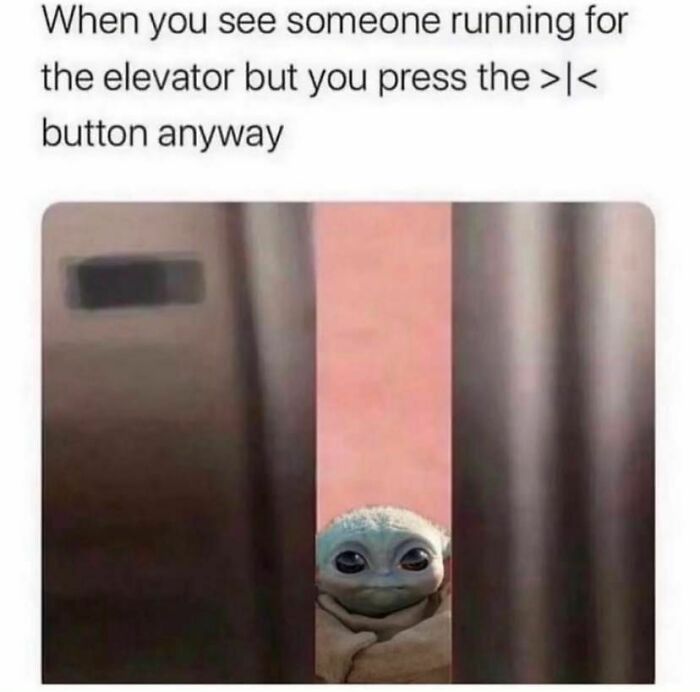
Image credits: Evil Kermit
#100
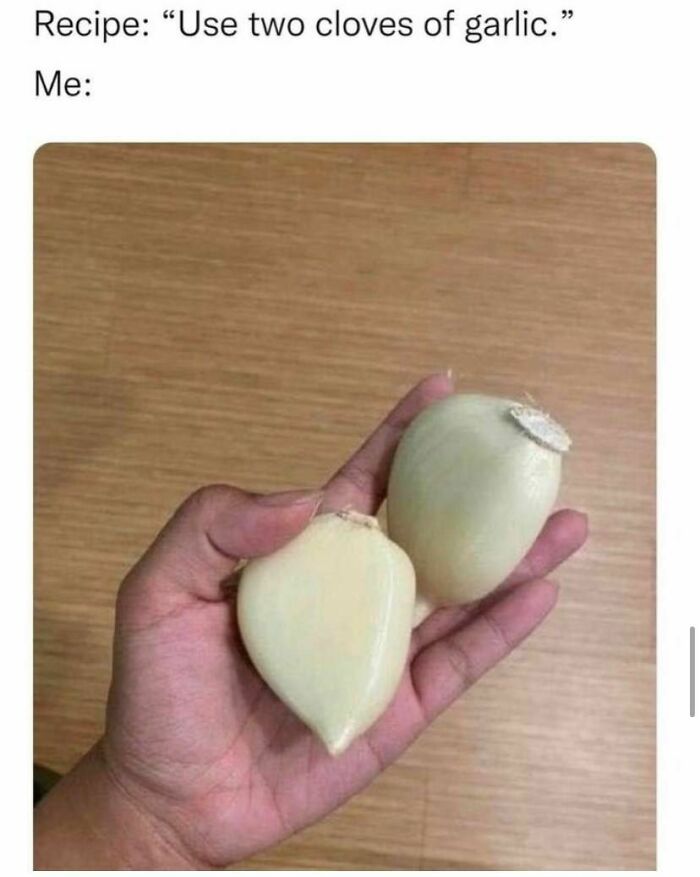
Image credits: Evil Kermit
#101

Image credits: Evil Kermit
#102

Image credits: Evil Kermit
#103
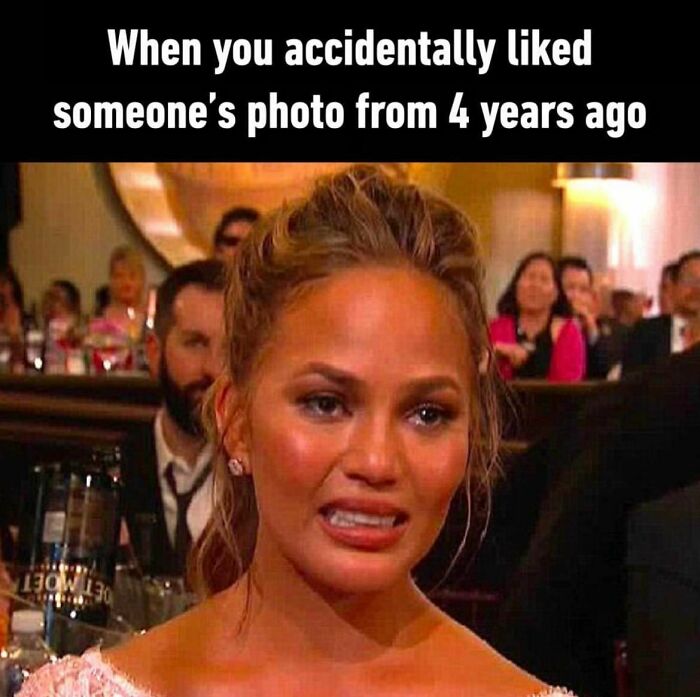
Image credits: Evil Kermit
#104
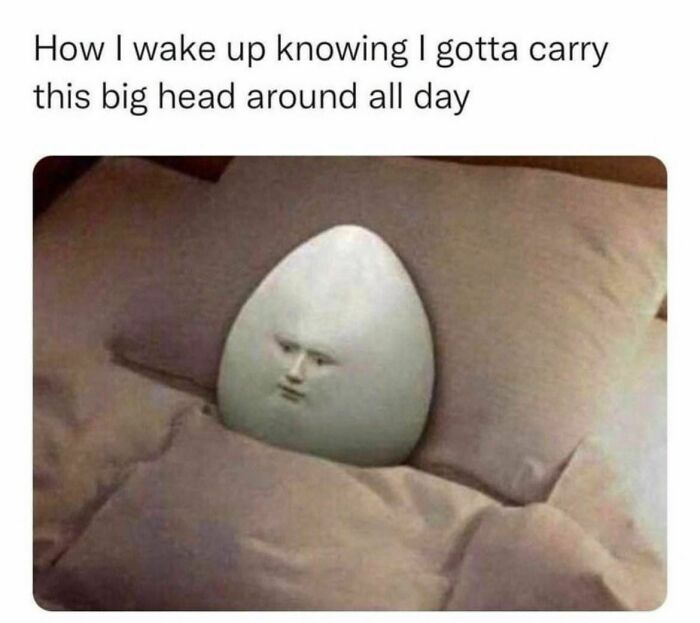
Image credits: Evil Kermit
#105

Image credits: Evil Kermit

Post Comment
No comments